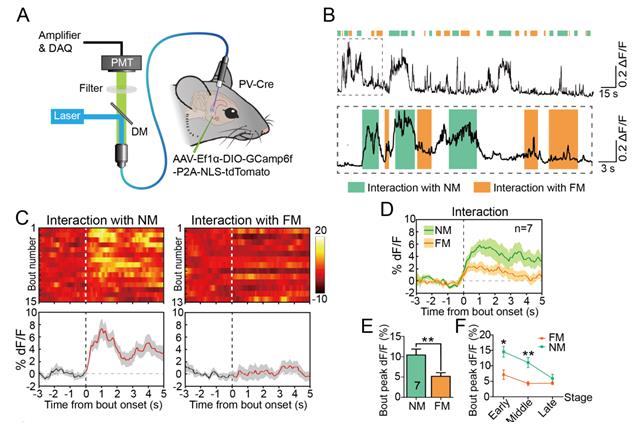Social memory functions are the mind’s ability to memorize and identify conspecific individuals, which is essential in social interactions, social hierarchies, reproduction, and species survival. Like other types of memory systems, social memory’s information processing comprises multiple subcomponents: encoding, consolidation, and retrieval. There are at least three possible reasons for an inability to recognize familiar conspecifics: 1) failure to encode social information, 2) the acquisition of information without its maintenance, and 3) failure to recall information. Studies on humans and animals have demonstrated hippocampal engagement in different processing stages of episodic memory, which is a collection of autobiographical experiences comprising four basic elements: when, where, who, and what. As a component of episodic memory, social memory provides critical information about “who,” which has been proven to be closely related to hippocampal function. Although the roles of hippocampal subfields and principal cells (PCs) in hippocampus formation relevant to social memory have recently attracted considerable attention, little is known about how hippocampal interneurons and local microcircuits are involved in this cognitive process.
Recently, Dr. DENG Xiaofei and her colleagues under the guidance of Professor GUO Jianyou and Associate Professor LIANG Jing from the Institute of Psychology, Chinese Academy of Sciences, systematically investigated the function of parvalbumin interneurons (PVIs) in the ventral CA1 (vCA1) in different stages of social memory by specific neuronal lesion, optogentic manipulation and in vivo Ca2+ imaging techniques.
The PVIs in the vCA1 are specifically engaged in subjects’ social information retrieval but not its encoding. The activation of vCA1-PVIs is important in helping mice discriminate between novel and familiar conspecifics. This study is the first to explore the involvement of non-principal neurons in the hippocampus during specific processing stages in social memory functions. The findings could be instrumental in understanding the neuropathological mechanisms underlying the aberrant social memory functions present in multiple psychiatric disorders.
This work entitled “Parvalbumin interneuron in the ventral hippocampus functions as a discriminator in social memory” was published in Proceedings of the National Academy of Sciences of the United States of America (PNAS) on August 13, 2019. It was funded by National Natural Science Foundation of China, Beijing Natural Science Foundation, the National Key Basic Research Program of China, and CAS Key Laboratory of Mental Health, Institute of Psychology.

Fig. In vivo measurement of real-time Ca2+ dynamics of vCA1-PVIs in freely moving mice in social discrimination test.
Contact:
Ms.Chen LIU
Institute of Psychology
Email: liuc@psych.ac.cn
